The dynamics of the Indian automobile industry
Once considered a luxury, saloon cars in India have come a long way. But the price graph has shot up considerably too, fortunately, our demanding market conditions have led to some interesting developments…
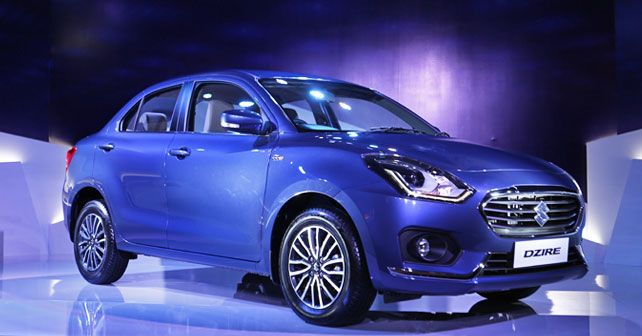
I vividly remember the influx of saloon cars into the nascent Indian automotive market that it was in the early 90s. Yes, the Hindustan Motors Ambassador and Premier Padmini were around, but these models were literally from aeons ago. What I am referring to is the start of the modern 90s range of sedans, and it all began with the Maruti Suzuki 1000. It was like nothing else on our roads. It was sleek, looked elegant and came with premium features such as an anti-glare interior rear-view mirror, a trip metre and optional air conditioning (Yes, all this in the year 1990 was considered premium!). Simply put, it was the most desirable car of the time, and exclusive too, for back then only the privileged could afford a 1000.
Time moved slowly in the early 90s, and the 1000 continued to be the gold standard of Indian motoring. But there was no getting away from its under-powered 46 horsepower engine. Maruti Suzuki realized this, and the result was the launch of an updated version with Suzuki’s G13BA 1.3 litre petrol engine. And to keep with the profile of the car, it was badged as the Esteem. This 8 valve SOHC 67bhp version of the car proved to be a success.
But soon the Esteem began to feel the heat from other cars such as Daewoo’s Cielo, which was a much larger and more premium car, and Ford’s Escort, which was catering to the then limited diesel car market. And then there was the Opel Astra, which in its Club variant was the most premium car of the time with features such as a sunroof, electric radio aerial and even an electrically adjustable driver’s seat in the initial limited-edition model. Mitsubishi’s Lancer with leather interiors, electrically folding ORVMs and a CD player had begun to find takers too.
To widen its appeal, the Esteem was made available in three versions. The base LX version came with air conditioning, while the top-end VX trim had power windows and power steering, and then there was the automatic AX model.
You see, it was the time when the actual automobile market in India was beginning to materialize. With the incorporation of fuel injection in the passenger car industry, the Esteem was now available with an even more powerful 85 horsepower, 1.3 litre petrol engine, featuring 16 valves and electronic fuel injection. The car now looked more premium with a new dashboard, revised instrument cluster, new upholstery, body-coloured bumpers, new headlamps and an unmistakable quad-tail lamp cluster.
All of this undoubtedly made the Esteem an absolute bestseller. But soon, it was challenged by the emergence of the new mid-size sedan segment. Cars such as the Ford Ikon, Maruti Suzuki Baleno and Hyundai Accent, with their powerful 1.6 litre petrol engines, began to attract a new breed of enthusiasts. And then, of course, there was the competition slayer, the mighty Honda City VTEC!
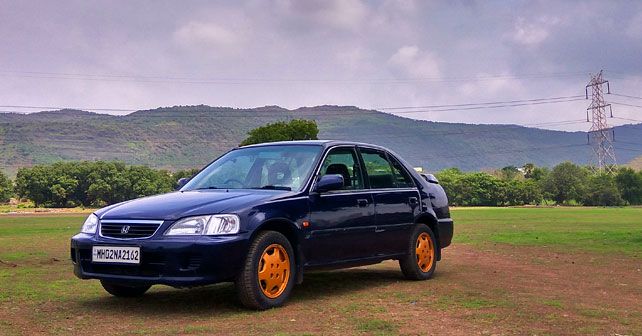
But this new breed of power-packed mid-size sedans underwent a premature and unfortunate demise. Even though the 1.6 litres continued to live under Maruti Suzuki and Hyundai bonnets, the situation became pretty glum for petrol cars with the soaring of petrol prices, which also led to their lacklustre sales and a consequent rise in the demand for more efficient diesel cars. And that’s pretty much where things are right now. Sure, Hyundai’s 1.6 is still good and still around, but Honda’s 1.5, now in its i-VTEC avatar, is all about efficiency and not performance.
Following the norms of economics and economic factors, prices of cars have been on the rise, so much so that cars that once demanded a range-topping price of around ₹7 lakh now retail in the range of ₹8 – 14 lakh! Prices have almost doubled – there’s no two ways about it.
Of course, carmakers sensed this happening and introduced a new range of affordable mid-size sedans such as the Mahindra Verito, Toyota Etios and Nissan Sunny. But these cars lacked appeal and, as a result, failed to achieve any notable success.
Then there is the matter of compact sedans. Tata realized the extreme potential of sub-four-meter cars in terms of tax benefits and decided to exploit it. Thus, the sub-four-meter compact sedan is in the form of the Indigo CS. And while the car had decent rear-seat legroom, its 260-litre boot space was nothing like a sedan. Now, I do agree that the initial breed of compact sedans did require some compromise on space just for the sake of satisfaction of the prestige associated with the body style of a sedan. But the first-generation Honda Amaze changed all that with its class-leading rear seat space and a 400-litre boot.
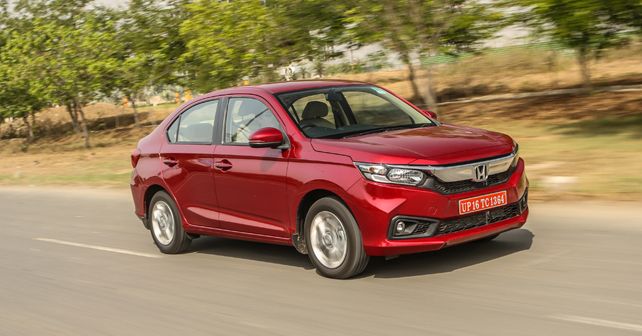
This brings us to the current scenario, where the two compact sedans – Dzire and the Amaze – are in their second-generation iterations. And, my god, have they become impressive! You see, the Indian car buyer is considered to be one of the toughest nuts to crack in the automotive scenario. We expect our cars to be equipped with everything that the industry has to offer, but we don’t want prices to go off the scale. And this has led to some very interesting developments in the Indian automotive market.
I recently drove the new Honda Amaze diesel automatic, which also happens to be the only diesel CVT automatic in its class. In the cover story of our June issue, you will find out just how capable it is. But for now, I am just going to say that if you’re in the market for a diesel automatic and have a budget of around ₹10 lakh, the Amaze diesel automatic is going to be pretty tough to ignore.
But the real star of the show is Maruti Suzuki’s third-generation Dzire. I was recently driving around in our Long Term Dzire, and I must say that I am mighty impressed. The whole car not only looks very cohesive in terms of design but also very premium. Even inside, the dual-tone colour theme, along with quality plastics, makes the car a very nice place to be in. The space at the back is plenty, the boot is big and the car feels very refined and offers a brilliant drive.
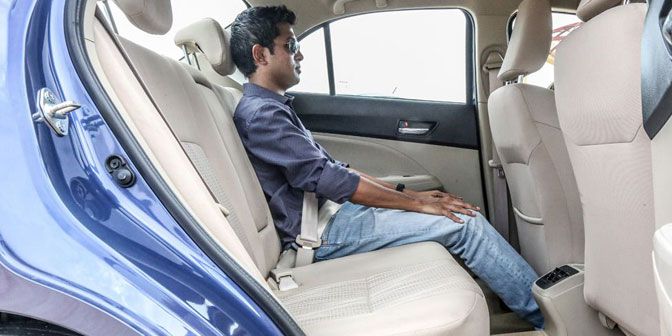
So, this really got me thinking, if the Dzire is so good, what’s the point of a mid-size sedan? I mean, the new Verna does drive way better with its more powerful set of engines and comes packed with equipment, but I wouldn’t buy it as a mid-size sedan, for it has less rear legroom than the Dzire. The Honda City is truly more spacious and has a few more tricks up its sleeve, but at ₹14+ lakh for the top-end petrol and diesel models, I am not so sure about its value proposition. As for the Maruti Suzuki Ciaz, that’s the one I’d like to have. But given the premium price that it demands and the fact that it’s powered by a slightly more powerful version of the same 1.3 litre diesel engine as the Dzire, I think the Dzire makes more sense.
My only problem with a compact sedan is that despite their better value, they seem to me like junior-segment cars. The point I am trying to make is this – our society perceives a mid-size sedan buyer as someone who has achieved success in life, while a compact sedan buyer, on the other hand, is perceived to be someone who’s still making compromises. Ask anyone, this is one of the biggest factors behind the success of the Honda City name. After all, a Suzuki is just as reliable, efficient, comfortable and well-equipped.
But having spent a few days with the Dzire, I think I am having second thoughts. You see, the Dzire seems to have everything that you will ever need in a city. Its size restrictions make it a perfect car for a city like New Delhi. What you need on the narrow streets of a residential locality in South Delhi is a small car to drive between two rows of parked vehicles without perspiring profusely when another car approaches. And let’s not even talk about parking spaces.
Anyway, coming back to the Dzire. The top-end Dzire has more or less as many features as the top-end Ciaz. And those LED headlamps are just phenomenal, they truly enhance your driving experience and greatly enhance the appeal of the car. Oh, and the voice commands of Maruti’s brilliant infotainment system, what good is the City’s sunroof in comparison!
So, if you’re in the market for a sedan you might as well go compact and save ₹4 lakh or so in the process!
Competition, it’s a wonderful thing, isn’t it?
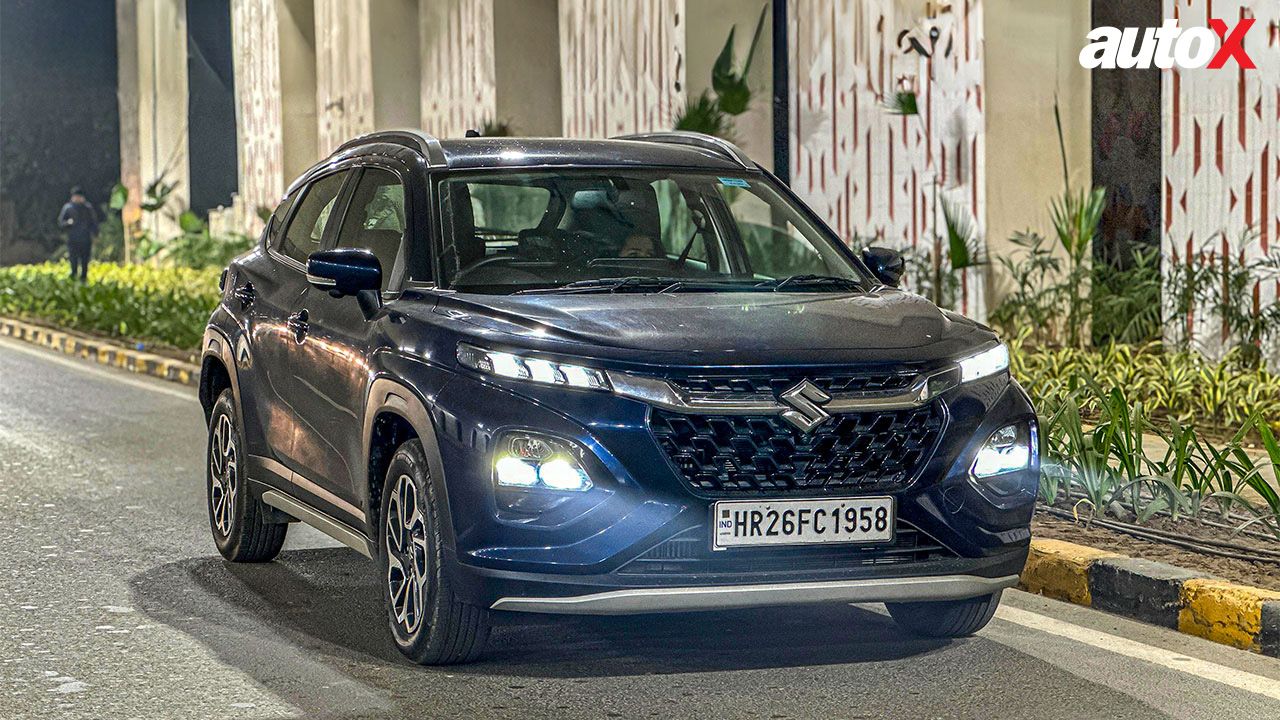
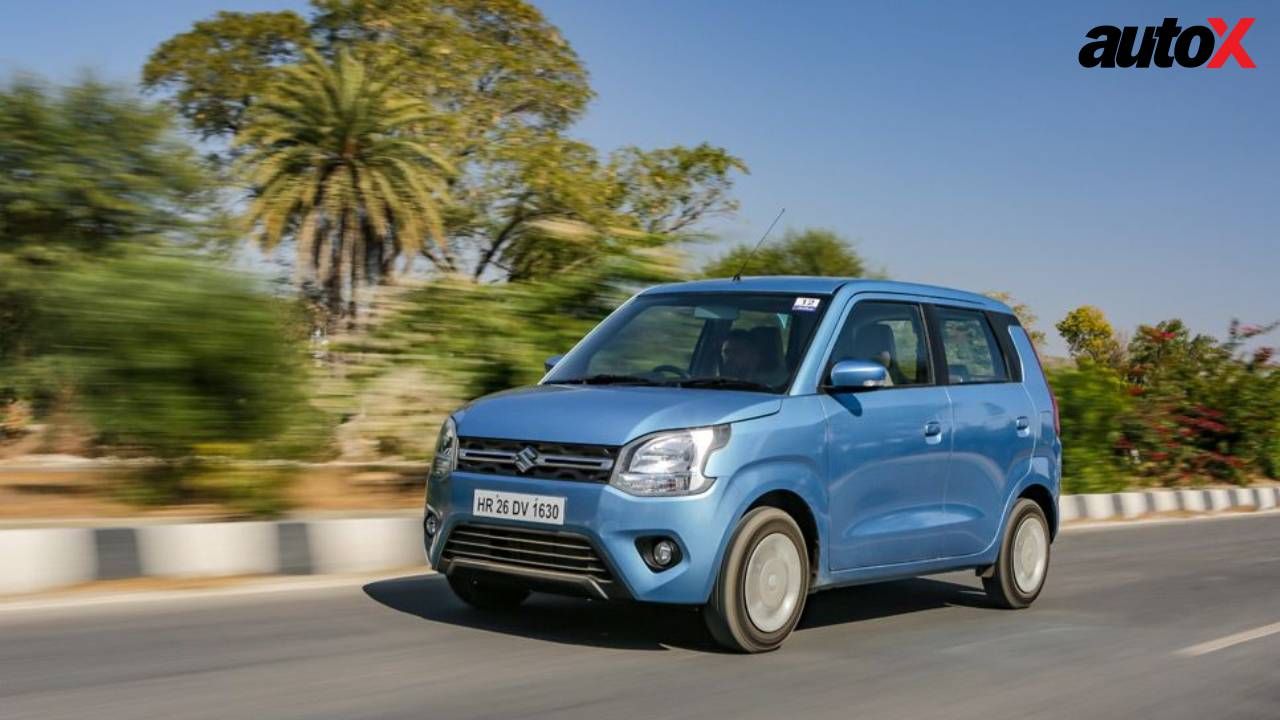
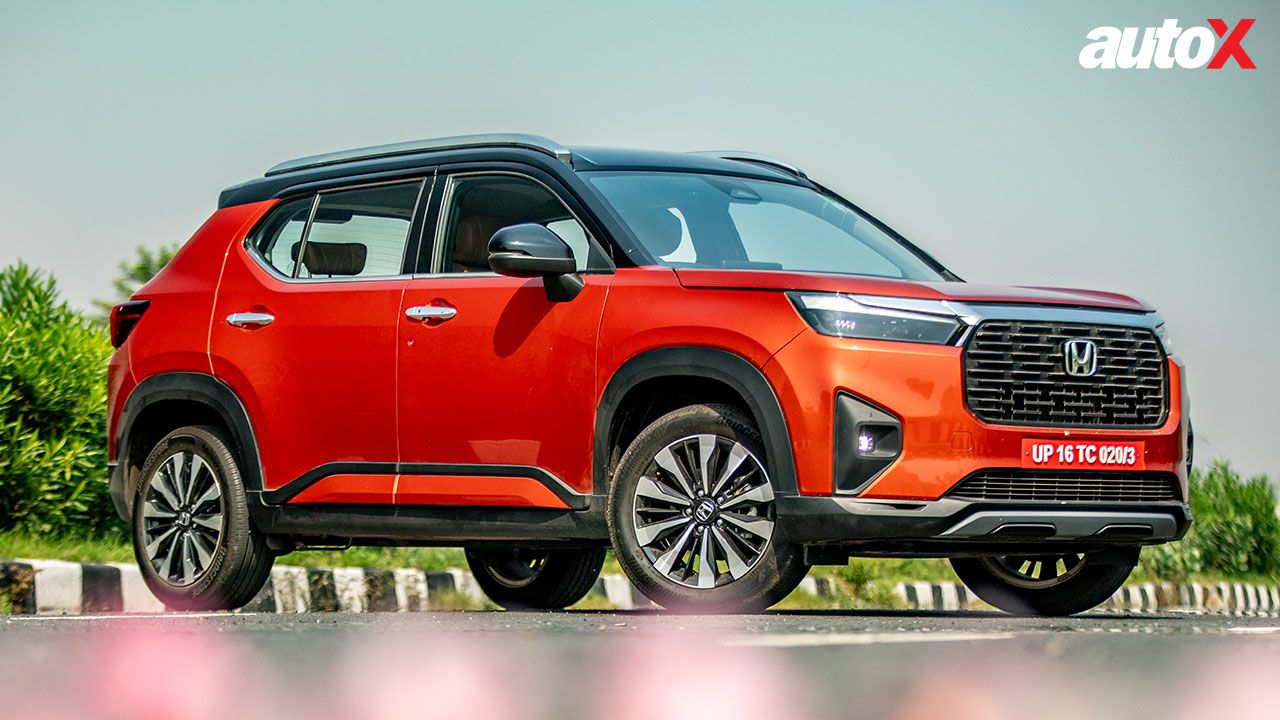

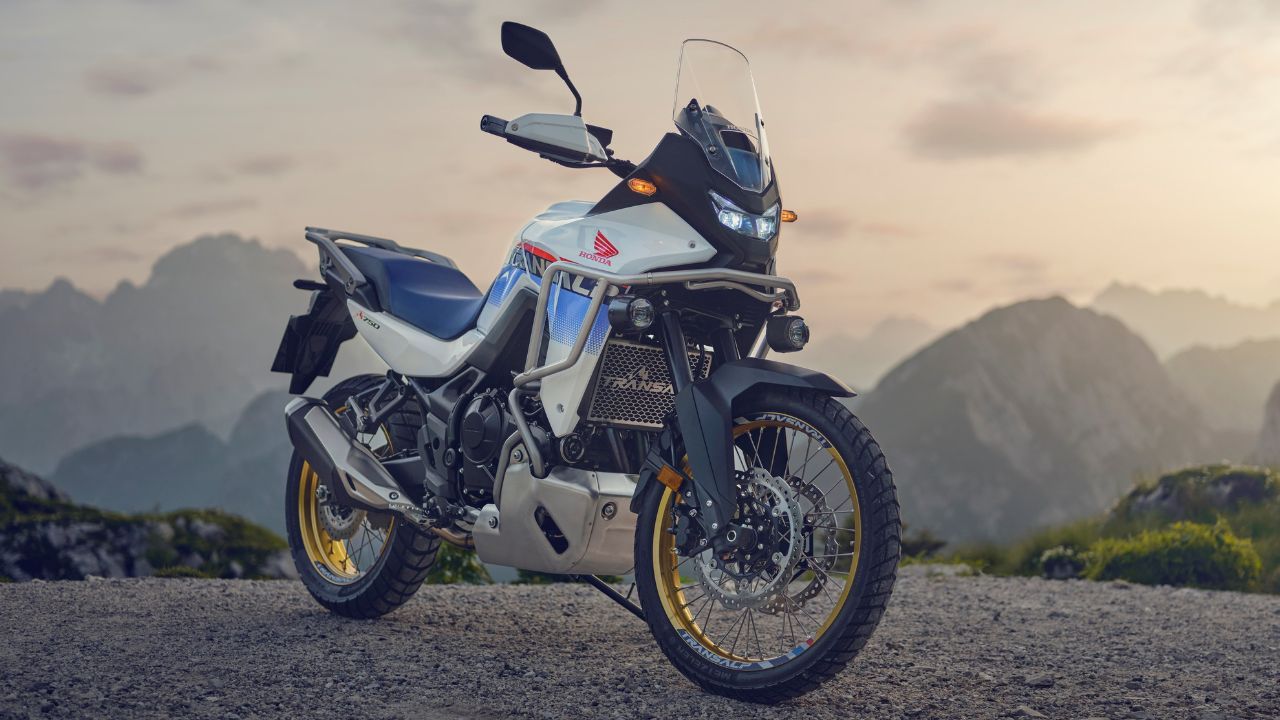

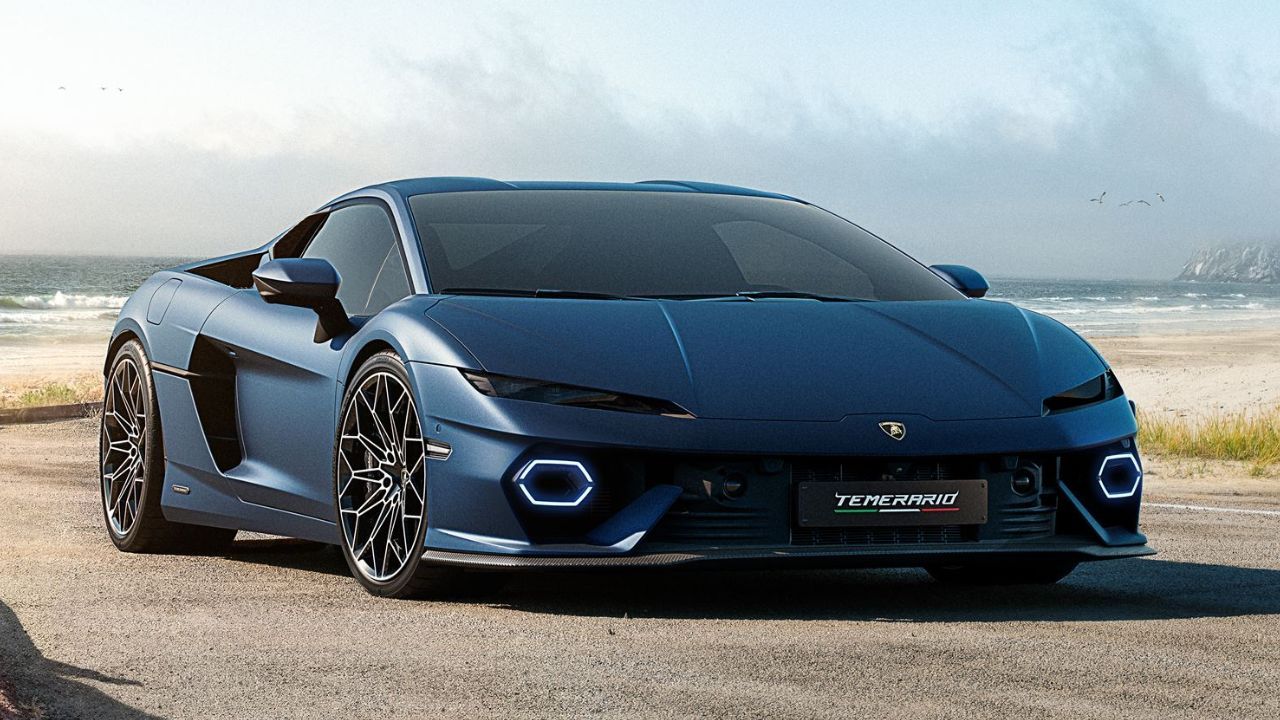

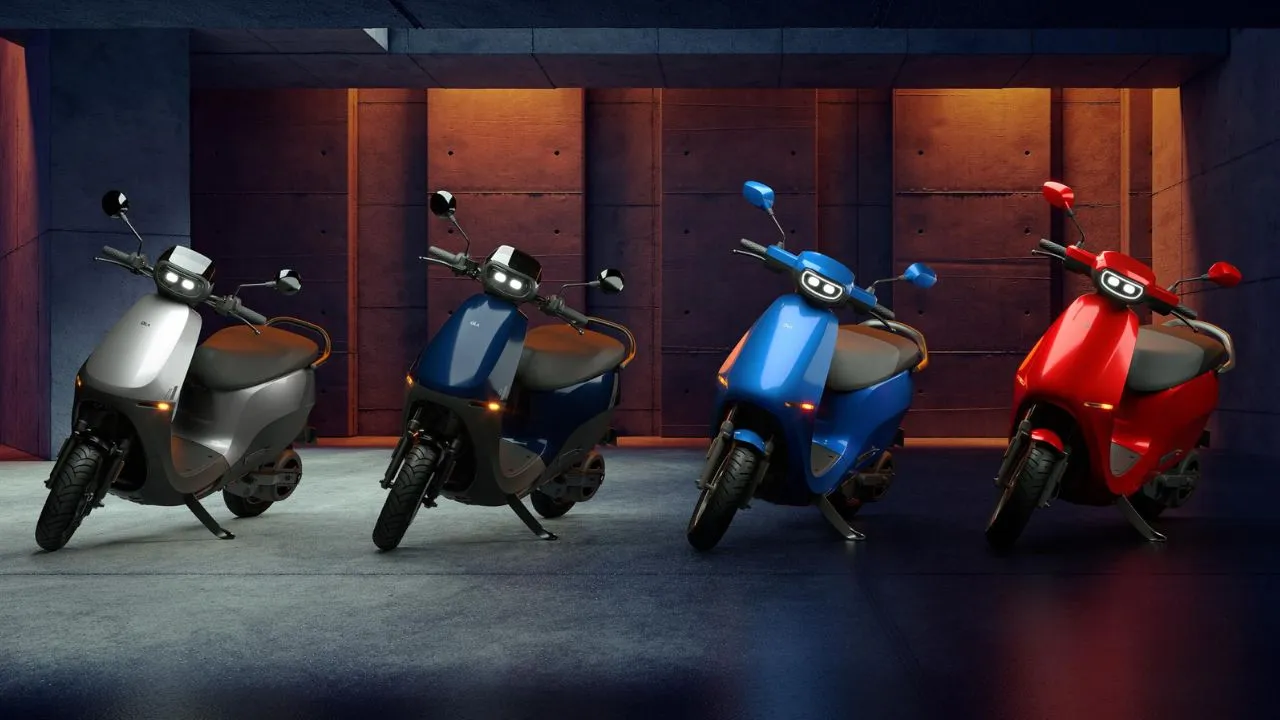

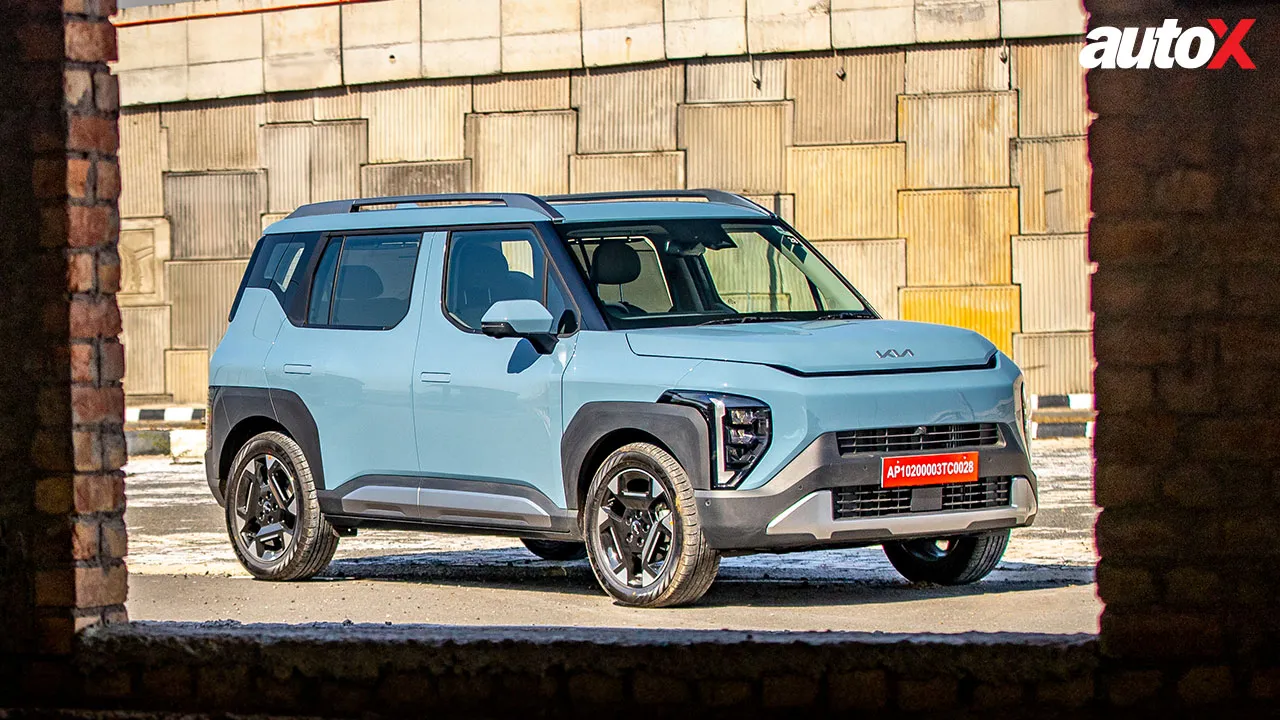



















Write your Comment on